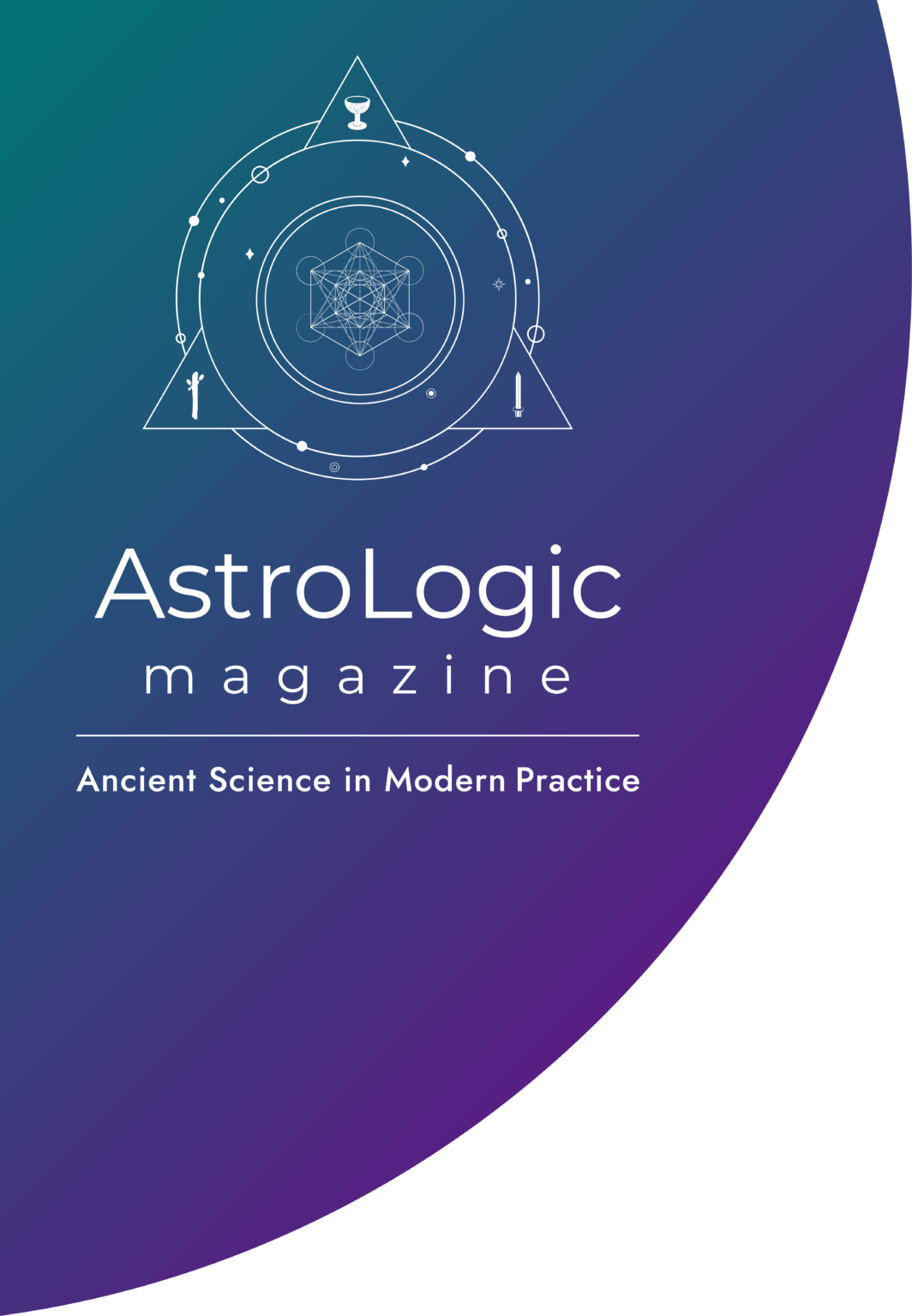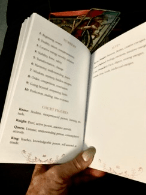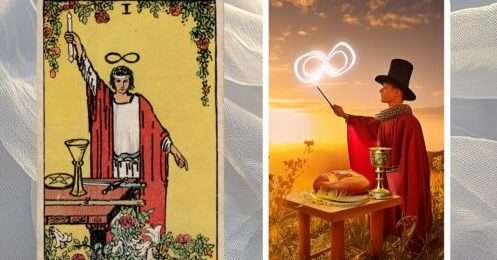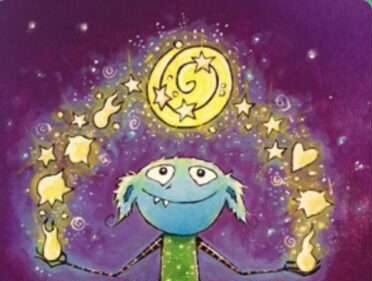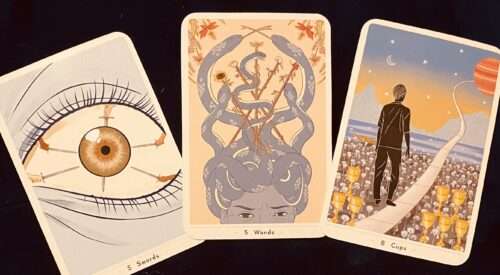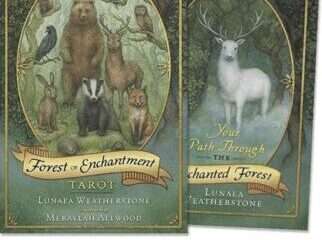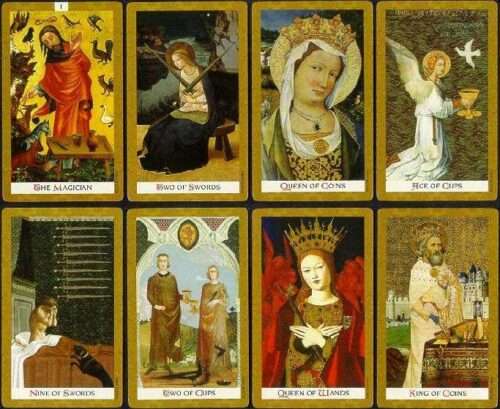Social media always gets a bad rap, but one of the things I like about it is the feeling of
connectedness you can get from friends and family far away. People change jobs, move,
relocate, and it’s easy to lose touch. Proximity is everything, but you can get glimpses of their
lives and snippets of communication with social media. I have a friend who relocated to Padua
Italy, and it’s been fun watching her you get acquainted with her new home.
Last week she posted this:
“I received an amazing gift today. This is a tarot deck called “Sola Busca”.
It was created in the 15th century, in Milan, but it turns out the person who they believe created
it was trained in Padova (Padua), where I live. How lovely! The family that had it created for
them had the name Sola Busca. The interesting thing is that, this is probably one of the oldest
decks that was kept in its entirety and now in a museum, as part of Italian cultural and historical
heritage.
This will be one of my go-to decks for sure. The coolest thing is that, Italy, is probably the most
amazing country to live in for a cartomancer. Each city and region, almost, has its own deck,
style, and tradition. One lifetime is not enough to discover it all.“
Well, of course I had to have that deck. She told me to be sure to get the ‘Museum quality’
version. I found it on Amazon and it was in my hands within the week:
And my Padua friend Hande Sarikuyari researched so many interesting things about this deck,
I’m going to include her review here:
“The deck directly inspired the minor arcana decks of the classic RWS deck, and it is probably
the first deck ever with minor arcana cards designed with characters on them. It is full of
alchemical symbols and also the major arcana cards have historical characters on them like
Nebuchadnezzar and Gaius Marius.
The deck comes in a beautiful box that opens up vertically.
It has a nice book:
and a deck of giant cards:
Everything about this deck is beautiful. Lo Scarabeo definitely creates some incredible tarot
decks, always with a high degree of craftsmanship. The cards are extra large, laminated and
glossy, and printed on a thick, heavy stock card. The colors are bright and vibrant and the art is
intense and beautiful. I’m really excited to include this deck in my collection. Will it be my go to
deck? Probably not.
First, the Major Arcana:
The Major Arcana all depict named ancient Roman generals, emperors, and government
officials. These people were the celebrities of their era, and the included book does list the
depicted people and the possible meanings of each card. The meanings can be very different
than traditional Major Arcana meanings, however, and some meanings are nothing like the
traditional tarot meanings we are used to.
The Minor Arcana:
The illustrations on each Minor Arcana cards are some of the earliest on record. Many of the
later decks derived their Minor Arcana images from this deck.
The Minor Arcana isn’t given much space in the book, so the only information is a description of
the suits meanings—Cups, Shields, Staves, and Swords and a chart of numerical meanings.
The Court Card imagery is rich and descriptive, but we are left to our own devices as far as the
meanings of the cards go.
The Court Cards are named as well, and even the queens were well known ladies of that time,
The king of Swords is Alexander the Great, and Helen of Troy is the Queen of Coins.
The suits in this deck contain much more detail than most earlier decks like Visconti-
Sforza. What is particularly interesting is to see the influence this deck had on future tarot
decks, especially the Rider-Waite.While each of us may interpret the cards differently, there is
much for us to learn from than Sola Busca.
